PostTime:10/30/2020
The measures and effects of GTIIT's construction of sponge campus were approved by the Acceptance Team of National Water-saving City Project. Let's take a look at how GTIIT constructs the sponge campus!
The ground dried out quickly after a bottle of water poured on it. How can the ground suck up so much water like a sponge in such a short time? What's the difference between the special ground and ordinary ground?
65.4% of the ground at GTIIT is covered by permeable materials, which make use of the multi-pore characteristics to effectively improve water permeability.

permeable and gravel ground (left) VS marble ground (right)
What makes the permeable pavement so popular?
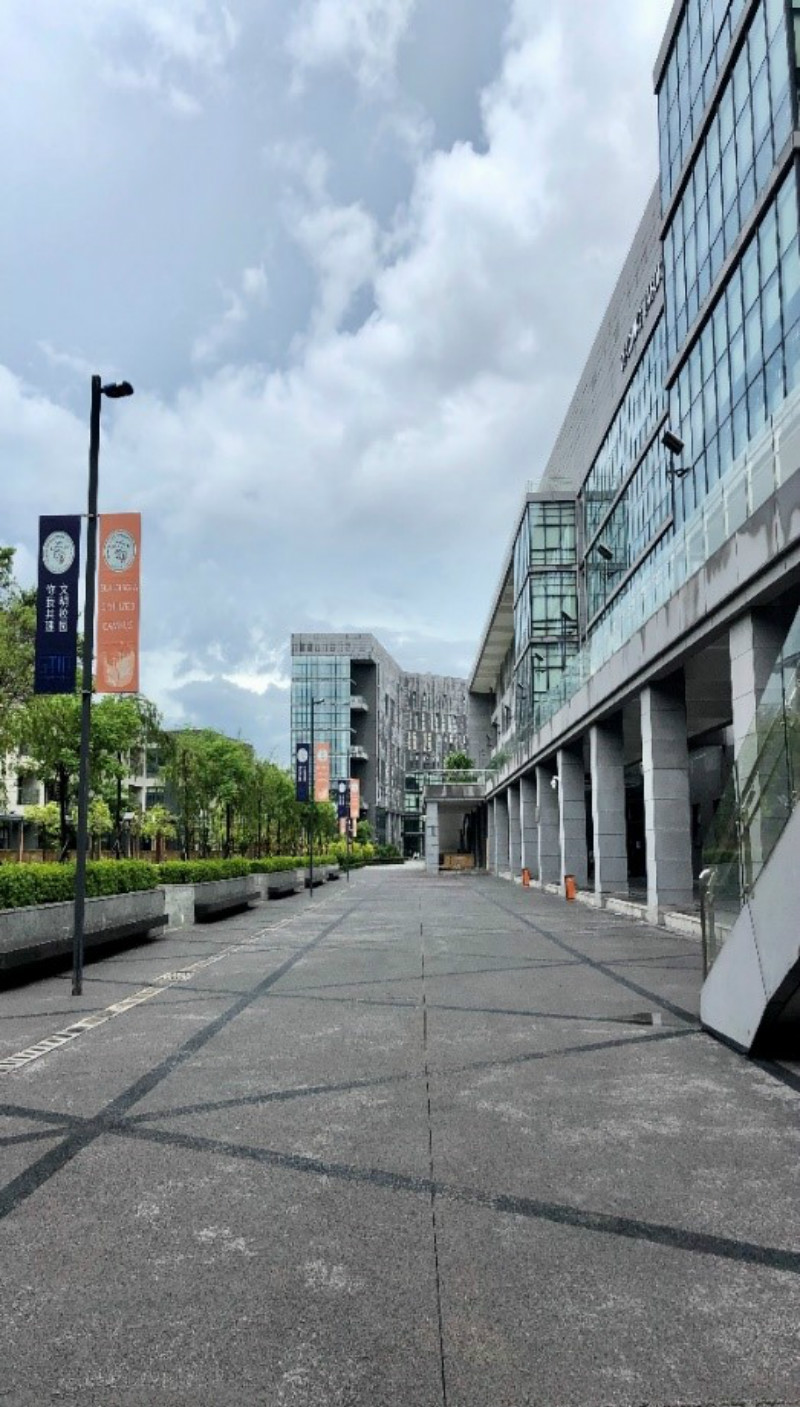
GTIIT's pavement with permeable materials
The pressure of urban underground drainage system increases sharply when rains heavily. Not only the waterlogging brings troubles to people, but also causes security risks that cannot be ignored. The construction of sponge city effectively solves this problem. Water is absorbed, stored and purified when it rains. While when needed, the stored water will be released for use.
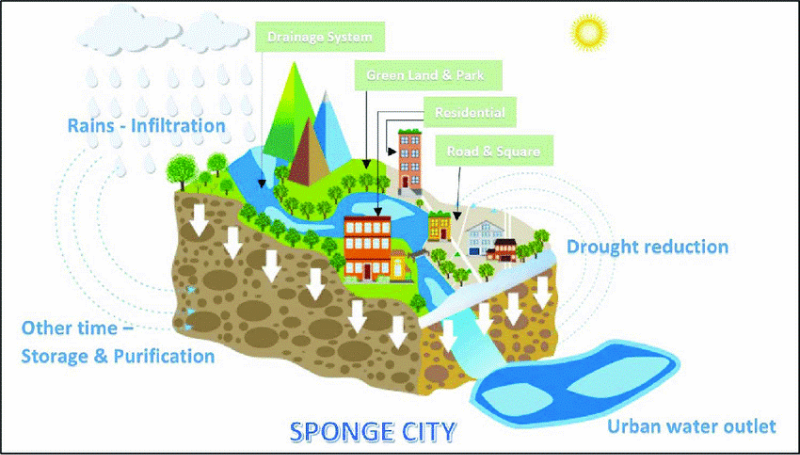
diagram of sponge city system (source: Internet)
Using permeable pavement is one of the measures to build sponge city.
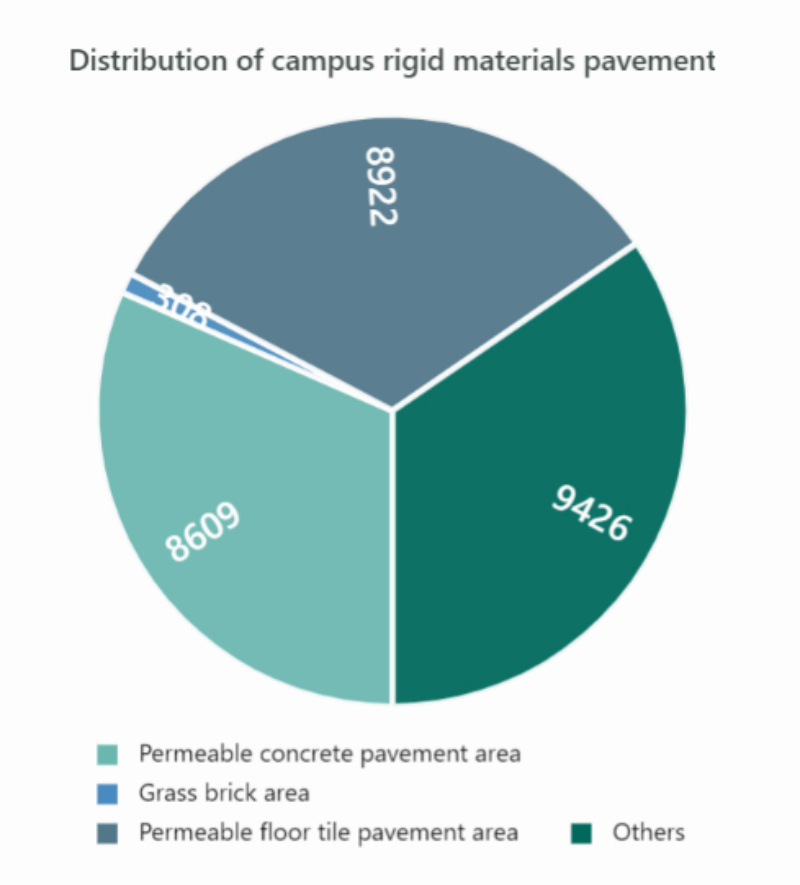
GTIIT has already had the prospective consciousness in the early days of design and construction and greatly combined the concepts of constructing sponge city and saving water. The measures and effects of GTIIT's construction of sponge campus were approved by the Acceptance Team of National Water-saving City Project.
The artificial lake in GTIIT is an ecosystem in its own right. The lake collects rainwater from roofs and pavement. It purifies the water and maintain the balance of hydroecology under the effect of ecological purification system.
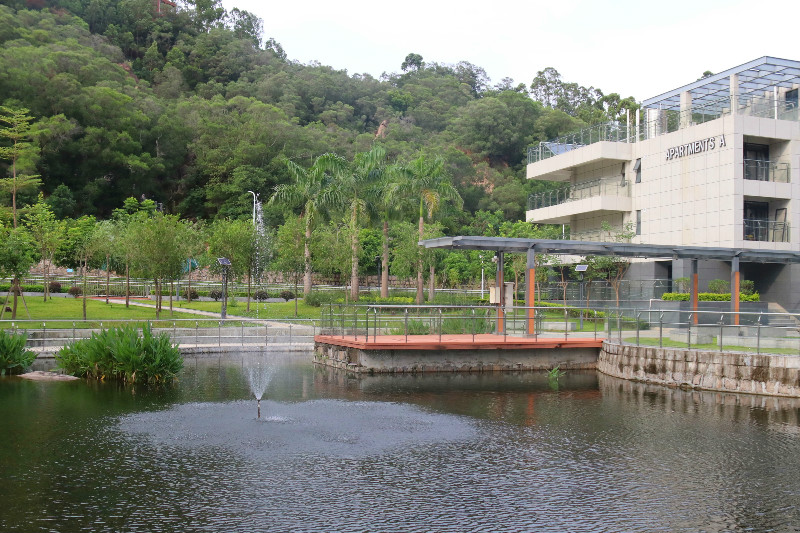
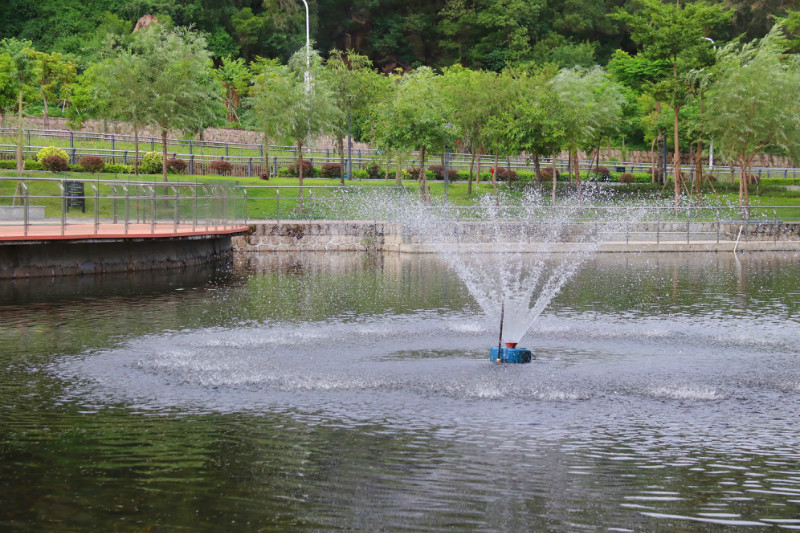
artificial lake with both practicality and ornamental value
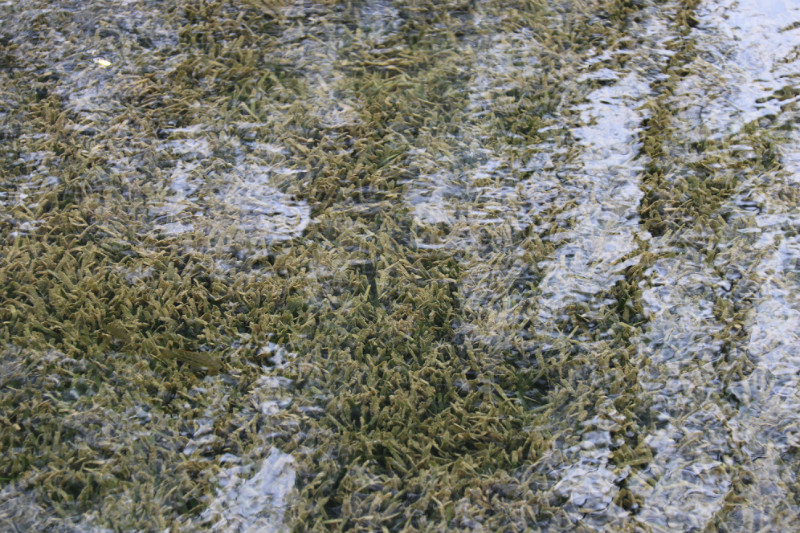

water plants in the artificial lake
A rainwater collection and utilization system has been set up in GTIIT to realize the multi-use of water and staggered drainage. The system collects rainwater from roofs and pavement and uses it as water source of the artificial lake. After the process of ecological purification, the water can also be used for irrigation. It effectively staggers the time of campus drainage and urban drainage, which greatly reduces the burden of urban drainage in rainy days.
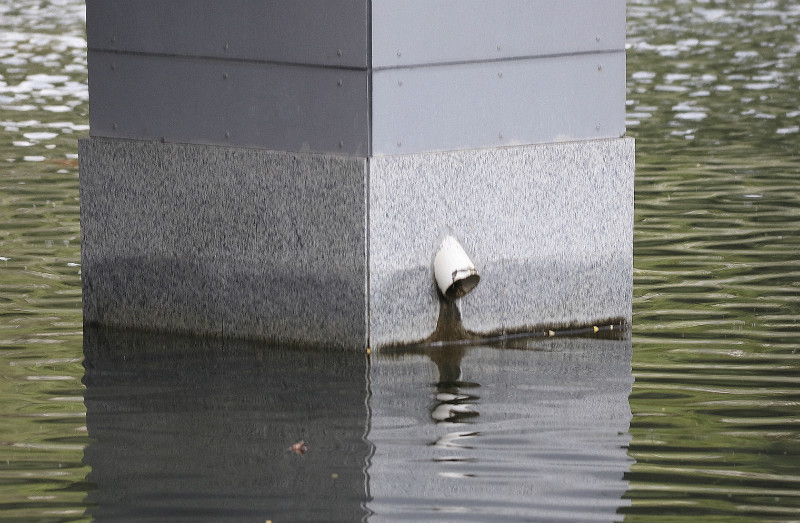
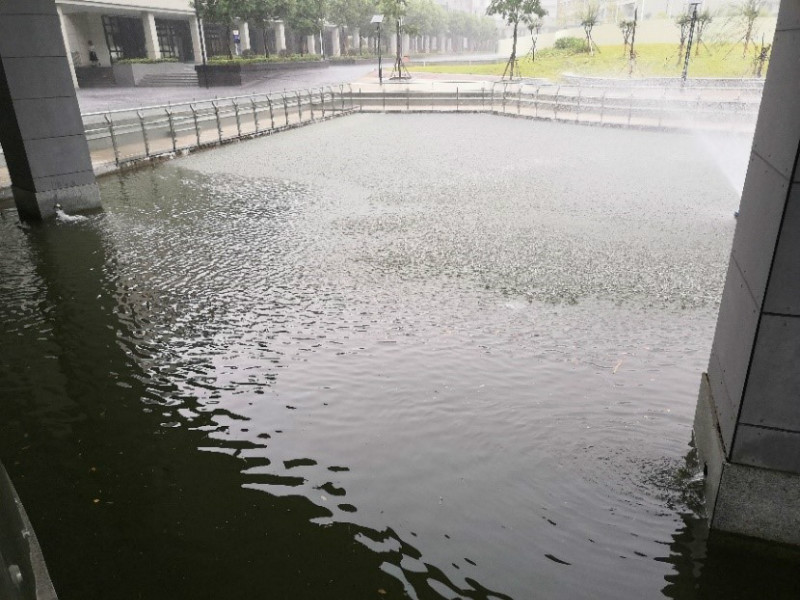
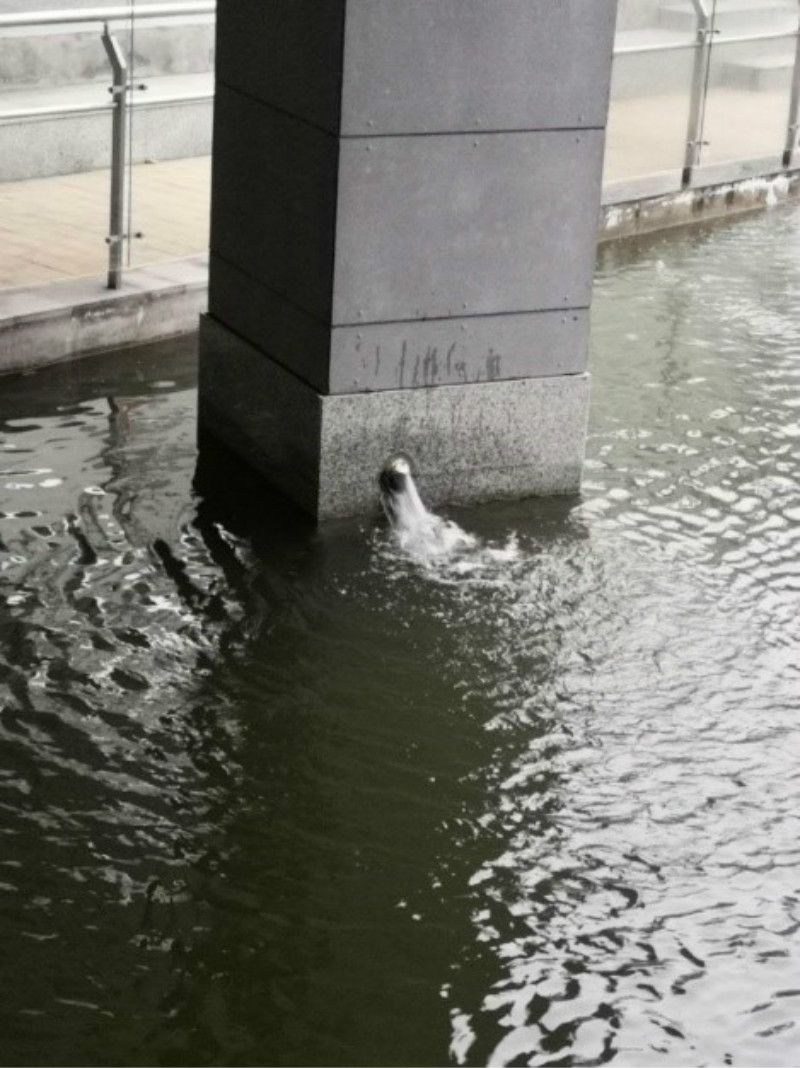
rainwater collection pipes
In terms of water-saving infrastructure construction, GTIIT has taken full advantages of the technology from Technion and adopted micro-irrigation method on outdoor virescence irrigation. It realizes on-demand irrigation by setting the sensors of soil temperature and humidity and controling the self-closing device on rainy days. Secondly, water-saving appliances with level 1 efficiency are used on campus. In addition, GTIIT has achieved normalization in the aspects of water-saving publicity, education and daily management.
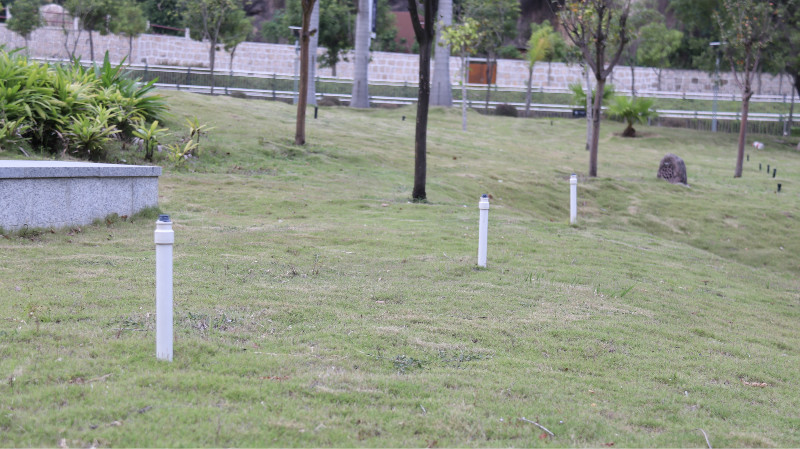
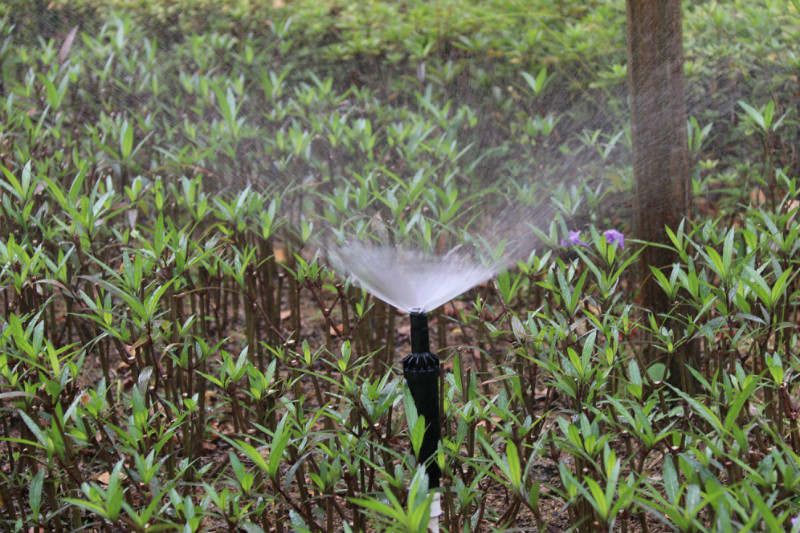
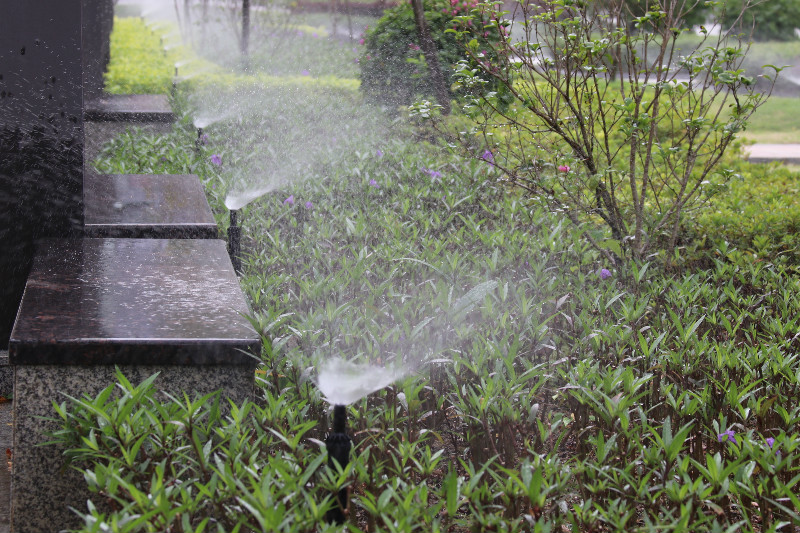
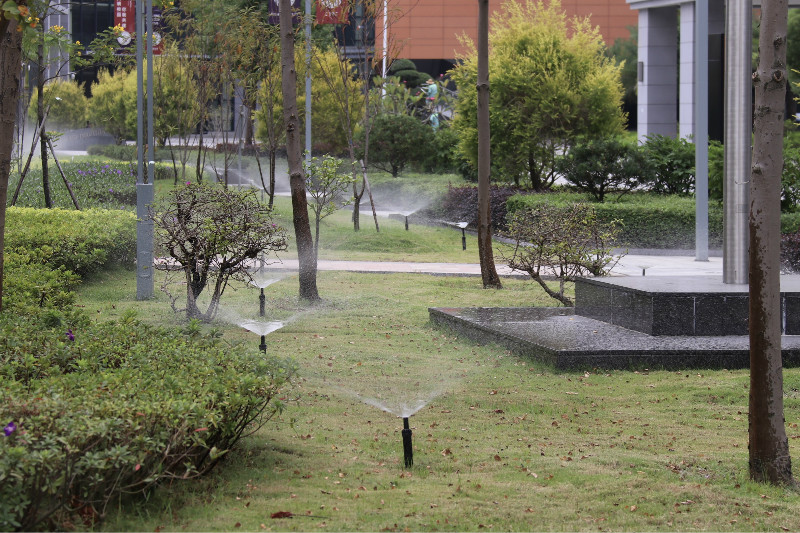
outdoor virescence irrigation on campus
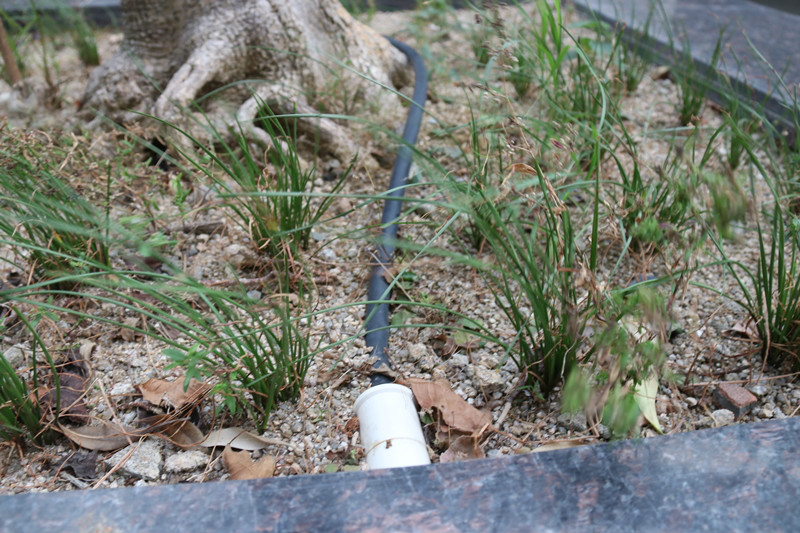
the application of Israeli drip irrigation technology at GTIIT

diagram of drip irrigation (source: Internet)
With all kinds of water-saving measures, GTIIT has achieved great economic and social benefits in the process of constructing green campus.
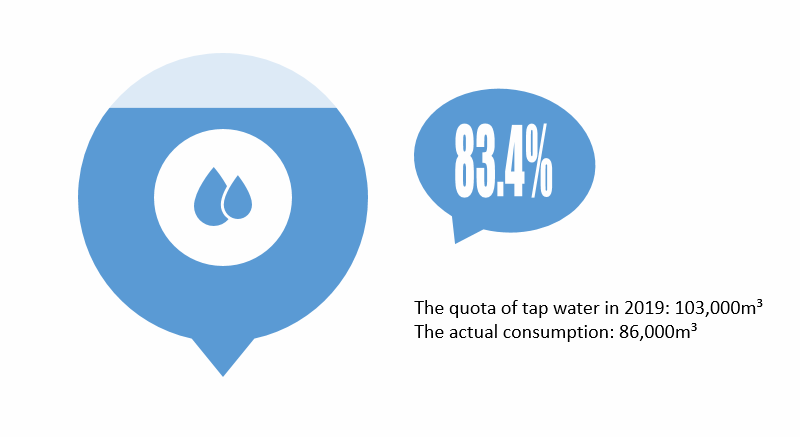
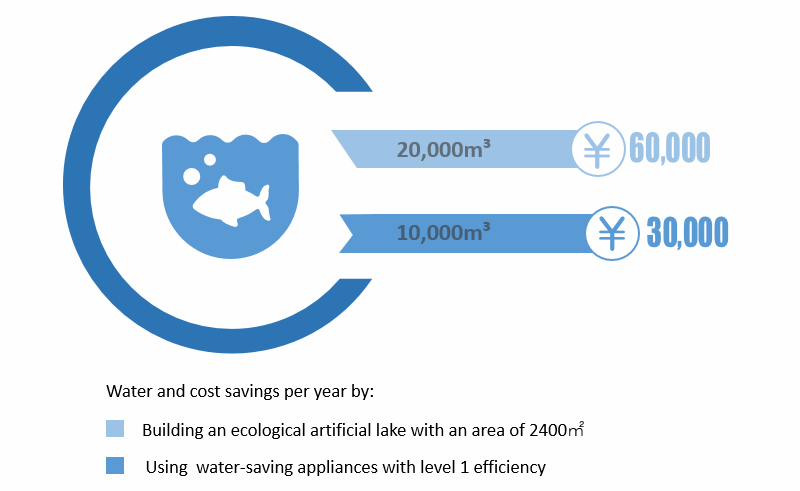
The concepts of green campus and sponge city will continue to be implemented during the construction of GTIIT's south campus. A rain garden with an area of about 3,000㎡ is planned to be built, which will become another landscape in GTIIT.
Text/Photos: GTIIT News & Public Affairs
© GUANGDONG TECHNION-ISRAEL INSTITUTE OF TECHNOLOGY | 粤ICP备17036470号
